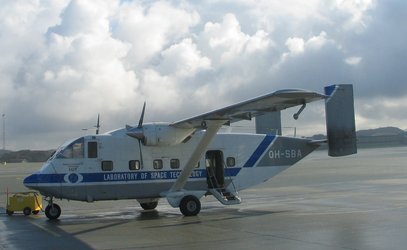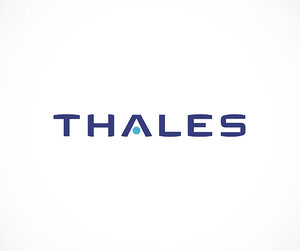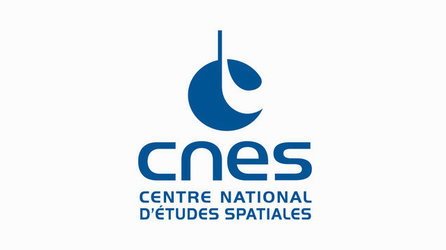SMOS ready to ship to launch site
ESA's next Earth Explorer, SMOS, has recently passed the all-important Flight Acceptance Review, signifying that all the elements that make up the mission are in place for launch later this year. The satellite can now be prepared for its journey to the Plesetsk Cosmodrome in northern Russia.
The Flight Acceptance Review is a formal procedure to ensure that all the mission elements are in order and ready for launch. These elements include not only the satellite, but also the readiness of the launcher and interfaces with the satellite, flight operations to control the satellite in obit and carry out calibration activities, data processing for the handling and distribution of data products to the users, and also plans and preparations for the launch campaign.

Following the final review, the Flight Acceptance Review Board, which comprised senior managers from ESA and the French space agency CNES, were happy with the status of the mission and have signed the 'consent to ship' documentation. After being in storage for around a year, the SMOS (Soil Moisture and Ocean Salinity) satellite can now be prepared for its long journey from Thales Alenia Space's faciities in Cannes in the south of France to the launch site in Russia.

SMOS, also known as ESA's Water Mission, will make global observations of soil moisture over Earth's landmasses and salinity over the oceans. Through the use of a novel instrument called MIRAS (Microwave Imaging Radiometer using Aperture Synthesis), SMOS will provide global information on surface soil moisture every three days within an accuracy of 4% at a spatial resolution of 50 km – comparable to being able to detect one teaspoonful of water mixed into a handful of soil. In parallel, SMOS will also observe ocean salinity down to 0.1 psu (practical salinity unit) for a 30-day average over an area of 200x200 km, which is about the same as detecting 0.1 g of salt in a litre of water.

Data from SMOS will result in a better understanding of the water cycle and, in particular, the exchange processes between Earth's surfaces and the atmosphere. These data will help improve weather and climate models, and also have practical applications in areas such as agriculture and water resource management.
Passing the Flight Acceptance Review marks another significant milestone for the SMOS mission bringing our understanding of Earth's water cycle one step closer.















 Germany
Germany
 Austria
Austria
 Belgium
Belgium
 Denmark
Denmark
 Spain
Spain
 Estonia
Estonia
 Finland
Finland
 France
France
 Greece
Greece
 Hungary
Hungary
 Ireland
Ireland
 Italy
Italy
 Luxembourg
Luxembourg
 Norway
Norway
 The Netherlands
The Netherlands
 Poland
Poland
 Portugal
Portugal
 Czechia
Czechia
 Romania
Romania
 United Kingdom
United Kingdom
 Slovenia
Slovenia
 Sweden
Sweden
 Switzerland
Switzerland
































